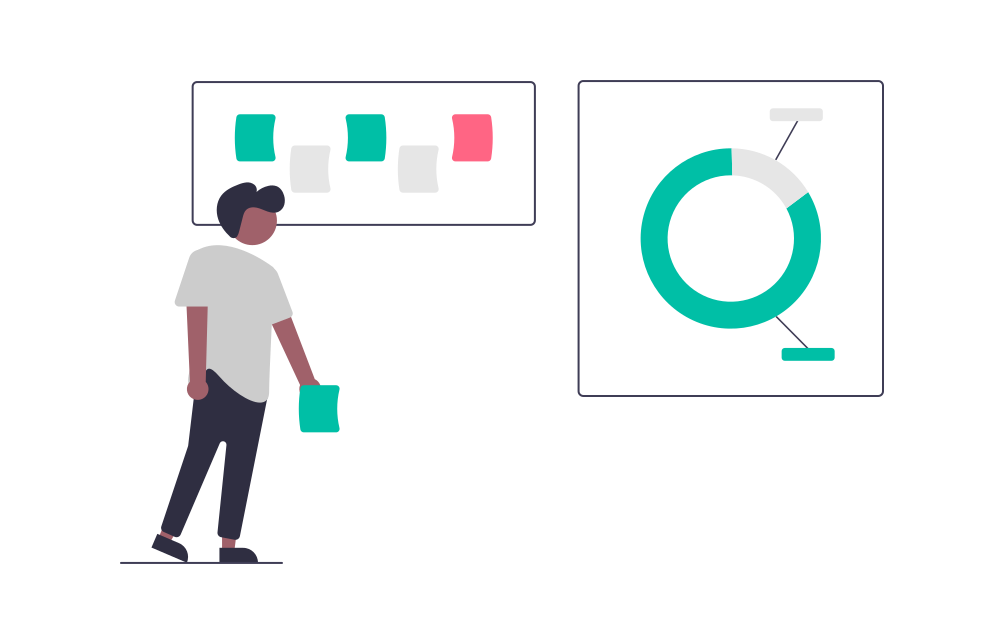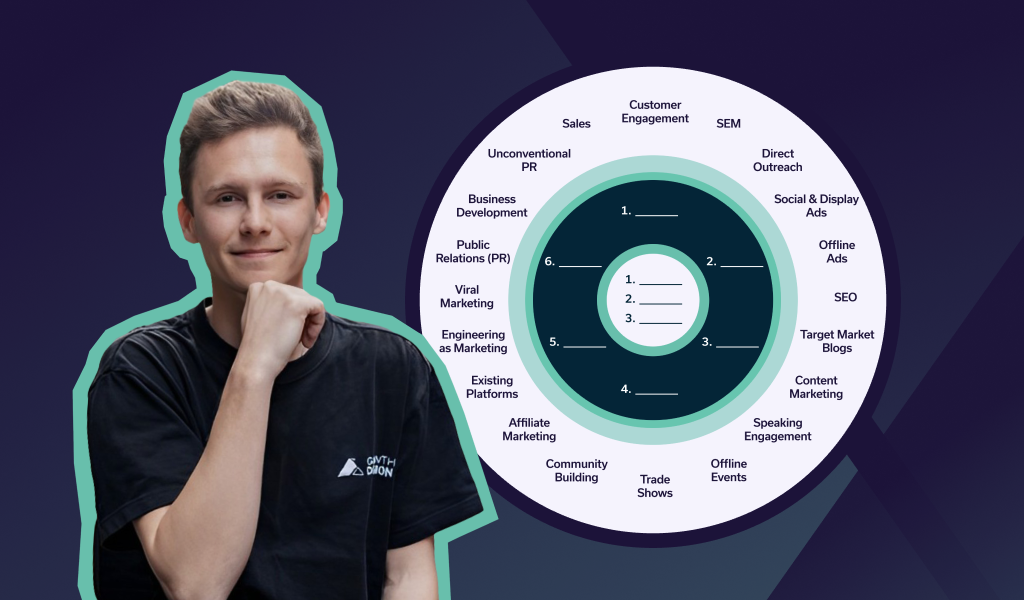We’ve written extensively before on best practises when it comes to growth marketing.It’s a passion of ours, and it’s what we do best, so we’ve written about itn depth. From our definition of what growth marketing is to our guide on how to build a growth marketing framework, we’ve tried to provide helpful guides on when and where to use growth marketing and how best to approach it.
In this blog we’re going to cover one of the key tools in a proper growth marketing experiment - the ICE score. What it is, how to use it, and examples of it in use.
What does ICE stand for?
ICE stands for Impact, Confidence and Ease. It is a method of task prioritisation used across many schools of project management and problem solving, but it started with Sean Ellis who coined the term ‘growth hacking’. When faced with choices of where to focus team efforts, it provides a helpful method to ensure your energies are directed where they can make the most difference.
It’s highly relevant and useful for growth marketing. That’s because, while finding out new channels and tactics for growing your business, a lot of different ideas can fly around the team at once. Ideas for experiments, big and small, can become too numerous to execute at once and you need to find a way to pick the right ones to focus on. If you don’t, you’re likely to end up with a lot of wasted effort.
How do I use the ICE score method?
Three letters in the acronym, three stages in its deployment. Once you’ve got your list of potential experiments, and given them each a proper hypothesis, go through each of these stages for each experiment.
N.B - having a hypothesis before assigning an ICE score is extremely important, otherwise you’ll have nothing to base the ICE score on. A good hypothesis would be, for example ‘Because research showed us our customers like dogs with hats on, we hypothesise that by adding dogs with hats on to our digital ads we will increase clicks and conversions’. Having specific metrics tied to your hypothesis is extremely important.
Stage 1: Impact
Assign a score out of 10 for the potential impact of your experiment. If you think your experiment has the potential to open up a whole new flood of potential new users, give it a higher score. If it is going to push your click through rate (CTR) from 0.95% to 1.1%, give it a medium score. If it’s going to improve open rates on your nurturing campaign by a few %, give it a lower score. Of course, these are just suggestions - the impact score you give is entirely down to your own business goals. It might be that a small CTR increase could transform your business, or a better open rate could massively improve your customer lifetime value (LTV). So carefully think about your business goals and assign an Impact score accordingly.
Stage 2: Confidence
Stage 2 is confidence. For your experiment you need to decide how confident you are in success against your hypothesis. Again, give it a score of 10. If it’s a real shot in the dark, give it a low score. Or if you’ve got a very good reason to think it’ll work, such as customer research or the results of a previous experiment, give it a 9 or a 10.
Stage 3: Ease
What kind of resources and effort will be needed to execute the experiment properly. And when we say properly, we mean in a way that will avoid false negatives. You need to assign the right specialist personnel, and give them enough time to thoroughly test the hypothesis.
If the experiment is going to require several staff members devoting a big chunk of their time towards it, assign the experiment a low ease score. If it can be done quickly by one or two people, assign a high ease score. Again - it does depend on the resources you have available and your business priorities. You’ll need to think about this contextually and assign a score that feels right to you, there’s no universal tried and tested method.
Once you have assigned a score out of 10 for each of the stages, you multiply IxCxE and prioritise the experiments with the highest score.
ICE Experimentation Prioritisation Examples
Experiment
Impact
Confidence
Ease
SCORE
Add dogs with hats to Facebook ads585200Re-design checkout process97163Implement Abandoned Cart Automation 566180
In this case, you’d prioritise the Facebook ads change, then the abandoned cart, and then the checkout process. The way the calculation works is to really emphasise the ease with which you can test and validate the experiments - which is conducive to fast, productive growth marketing. However, it’s also important not to lose sight of longer term projects. For example, the checkout process redesign gets a low ICE score but it’s still very important to get done. So use the ICE score to set short term experiment priorities, but not to make long term business decisions.
Talk to a Growth Advisor
We create a clear, focused marketing strategy by combining our expertise with your knowledge of your business.
Trusted by over 130 startups because our unique growth process and team of marketing experts unlock exponential growth











